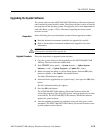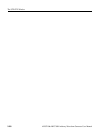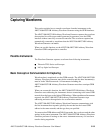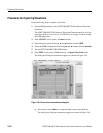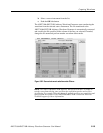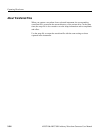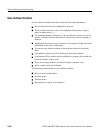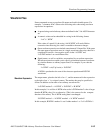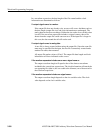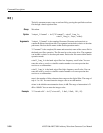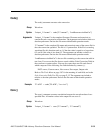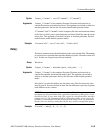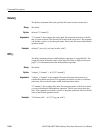
Waveform Programming Language
AWG710&AWG710B Arbitrary Waveform Generator User Manual 3-187
Waveform Files
Some commands accept a waveform file name enclosed in double quotes. For
example: "sinewave.wfm". Observe the following rules when using waveform
expressions in equations:
A quoted string can include any character defined in the 7–bit ASCII character
set.
A numeric value can be embedded in a string in the following format:
“AA”:i:“.WFM”
If the value of i equals 10, the string “AA10.WFM” will result. Before
conversion into the string, the value is rounded to the nearest integer.
One waveform expression can include a maximum of 10 input files. If the same
file name appears more than once in a single waveform expression, that file is
considered as one file. An exception to this is that “A.WFM” and
“A.WFM”.marker1 are two different files.
Signal names, as well as variables, are permitted in a waveform expression.
Waveform expressions enable you to specify calculation between waveforms
in a similar manner as ordinary expressions. For example, if you code the
following:
“A.WFM” = sin(2*pi*scale) + “B.WFM”
A.WFM is produced as the sum of the sinewave equation and B.WFM
waveforms.
Waveform Expression
The output name, placed to the left of an ‘=’, and the name used in the expression
to the right of an ‘=’ is a <signal–name>. The marker data may be specified as
follows in addition to the name of an ordinary waveform file:
“A.WFM”.marker2 = “A.WFM” > “B.WFM” > “B.WFM”
In this example, 1 is set if the A.WFM value as the A.WFM marker 2 value is larger
than the B.WFM value; 0 is set otherwise. (This is the same as for the compare
function of the editor.) The A.WFM analog data is unchanged.
“B.WFM”.marker1 = “A.WFM”.marker1 + “A.WFM”.marker2
In this example, B.WFM’s marker1 is set if either marker 1 or 2 of A.WFM is 1.



